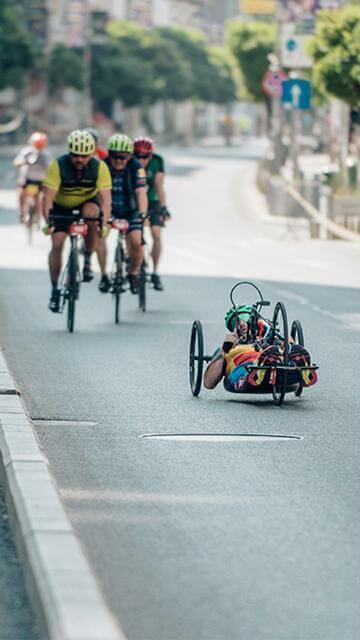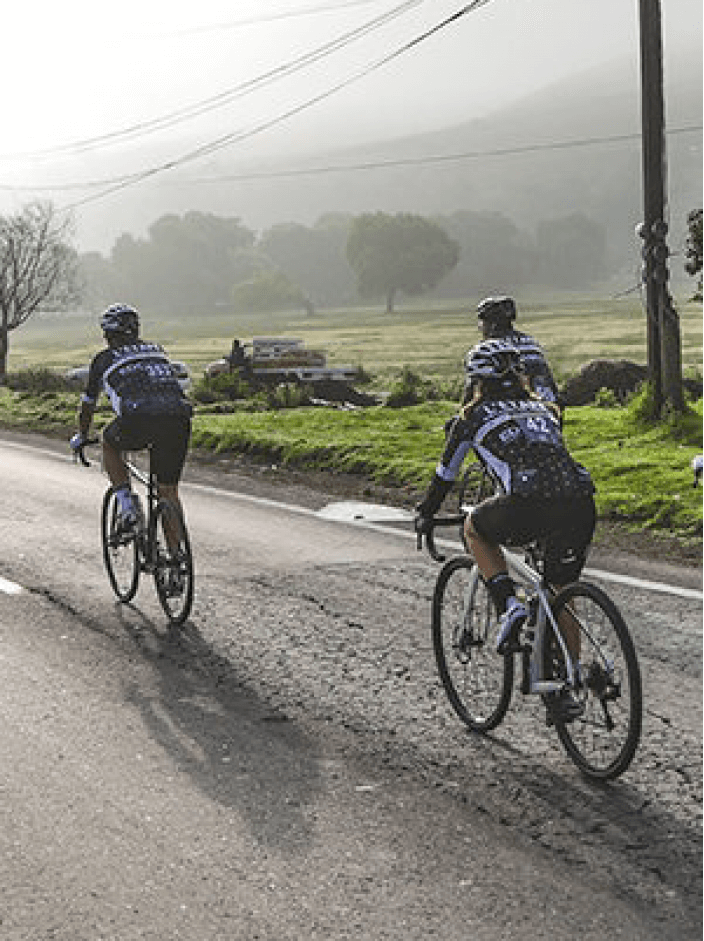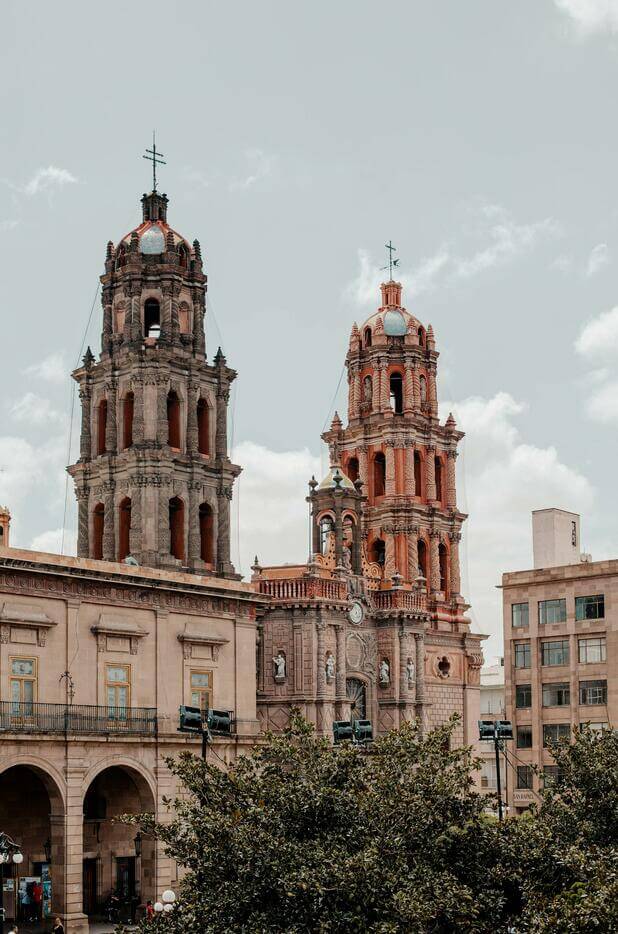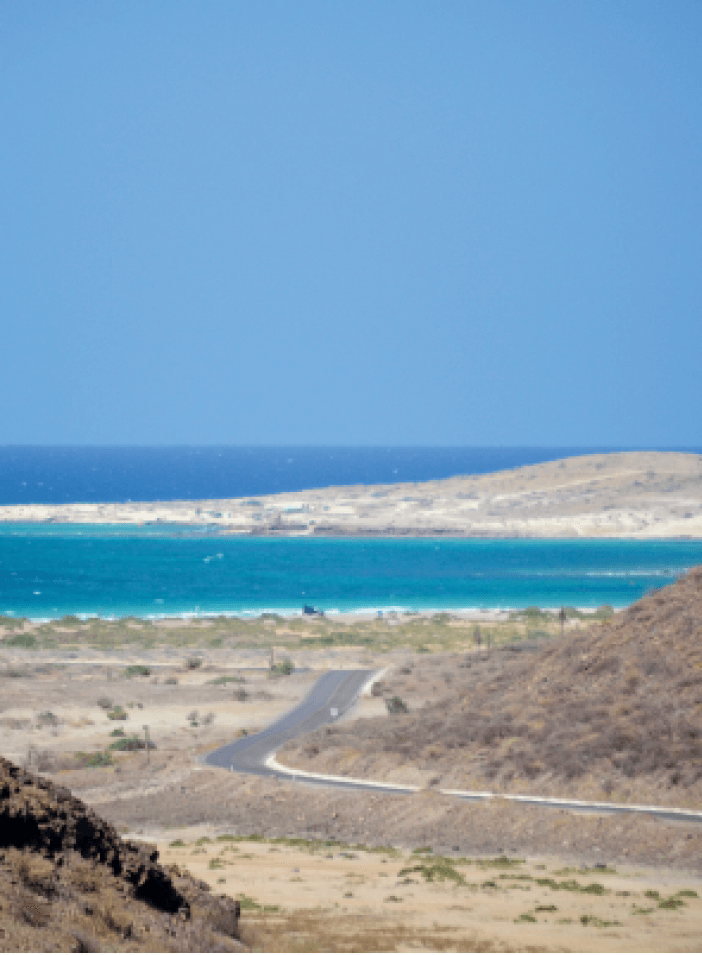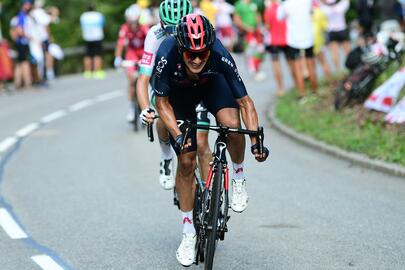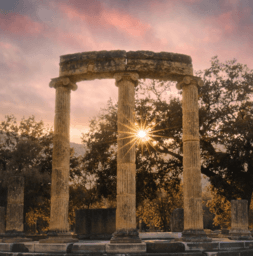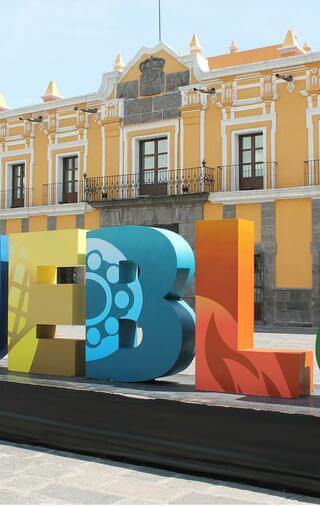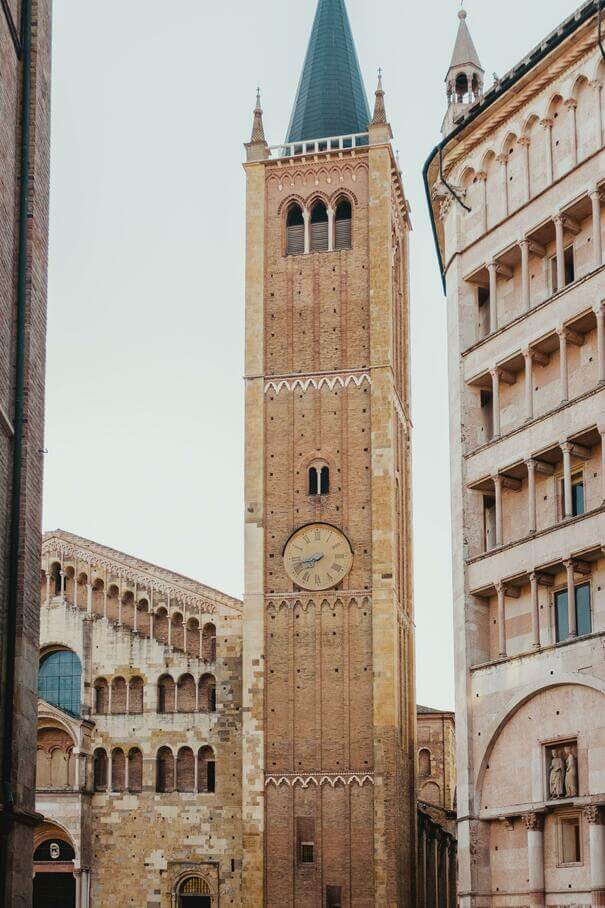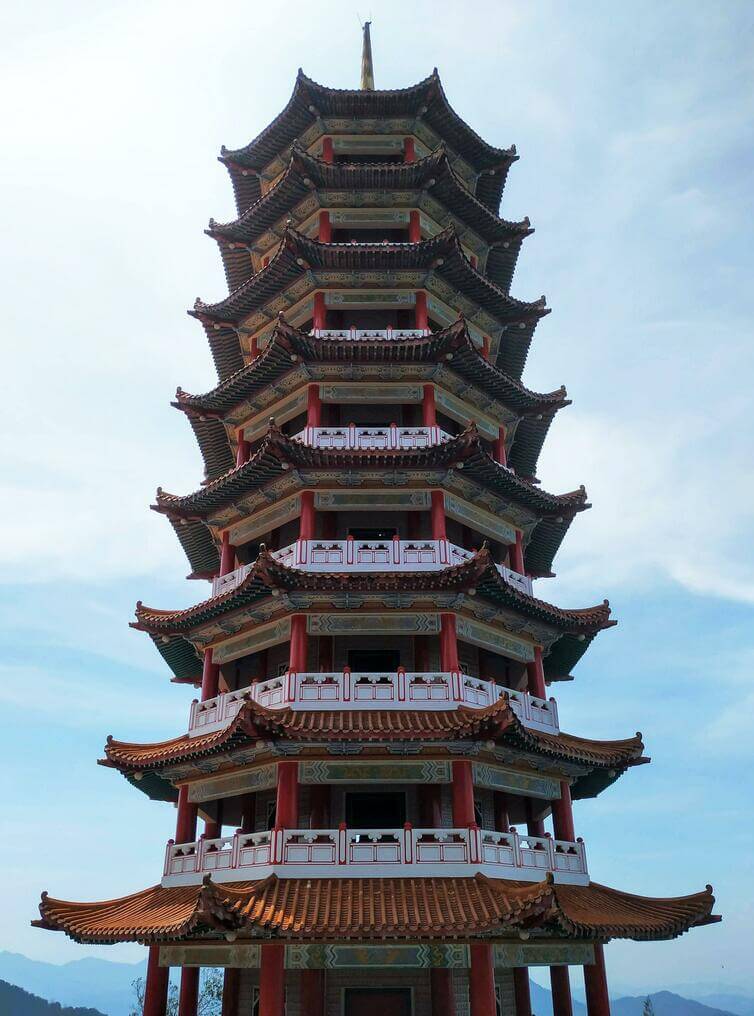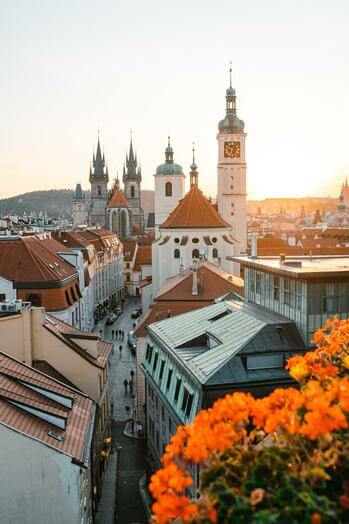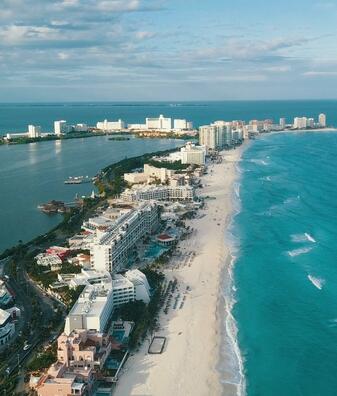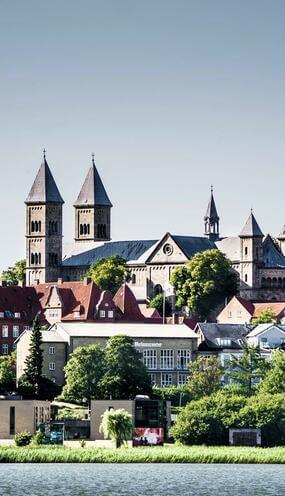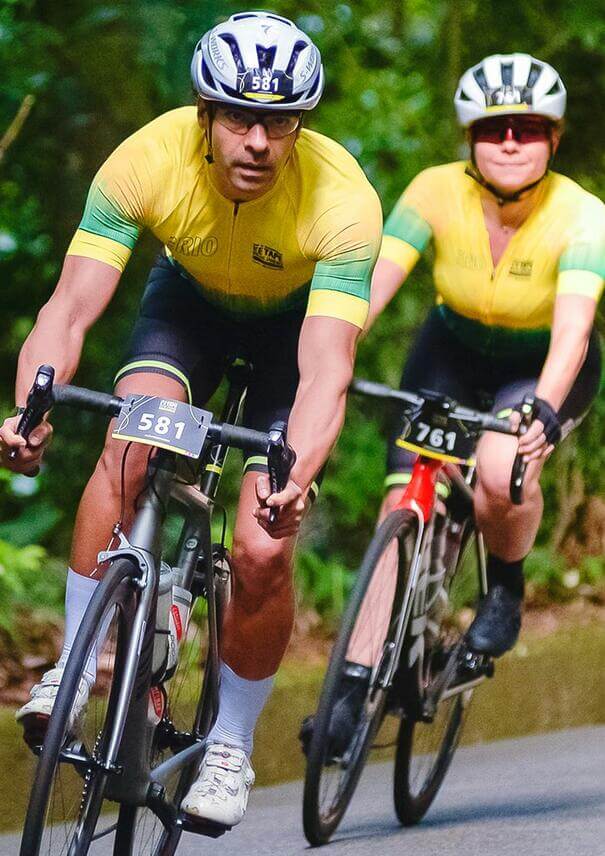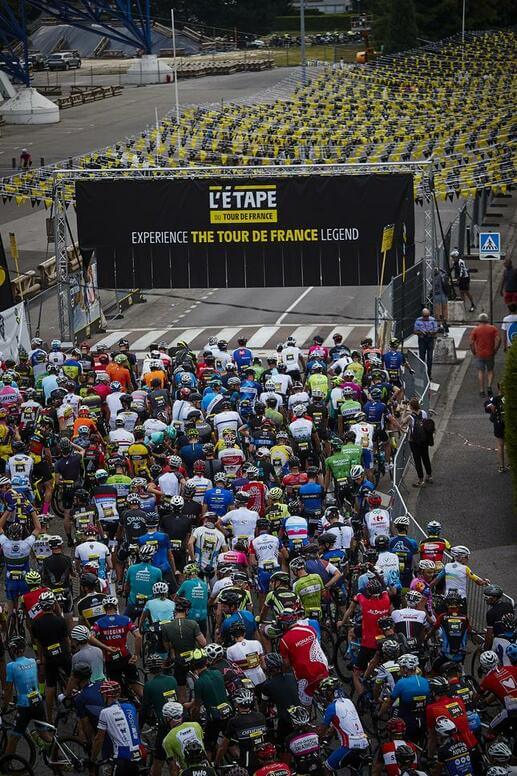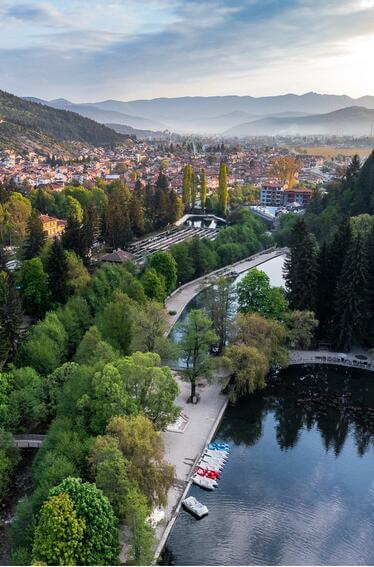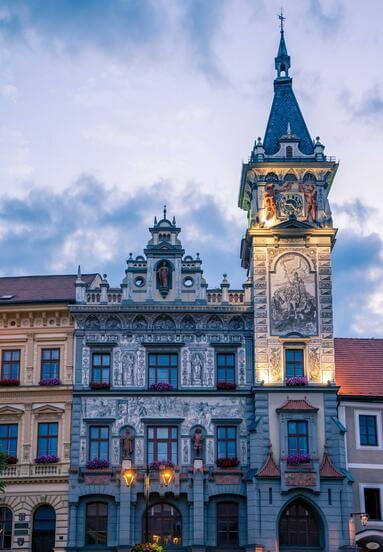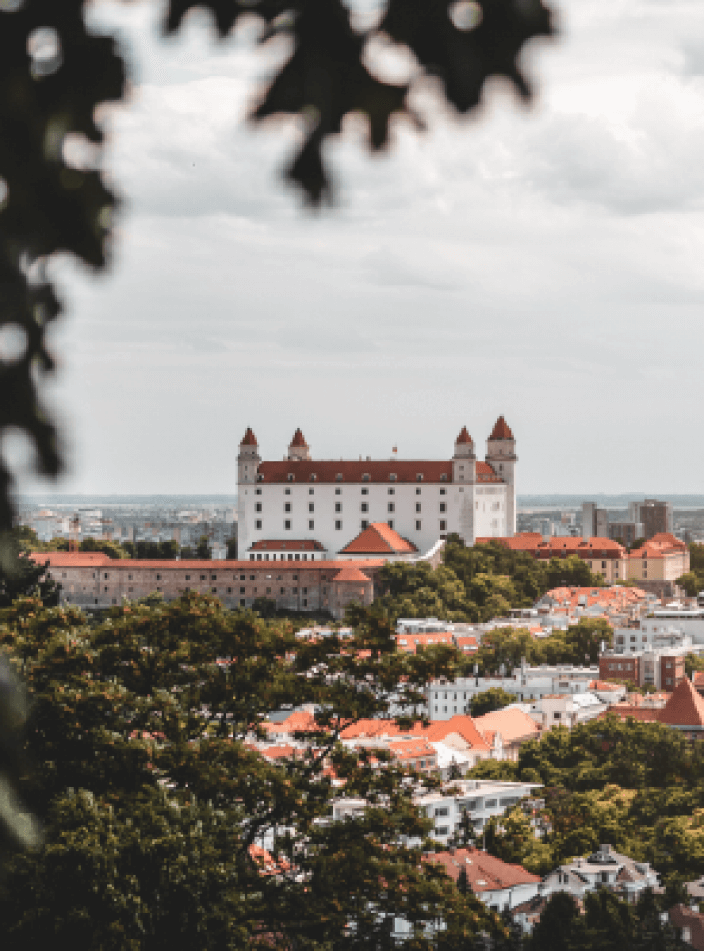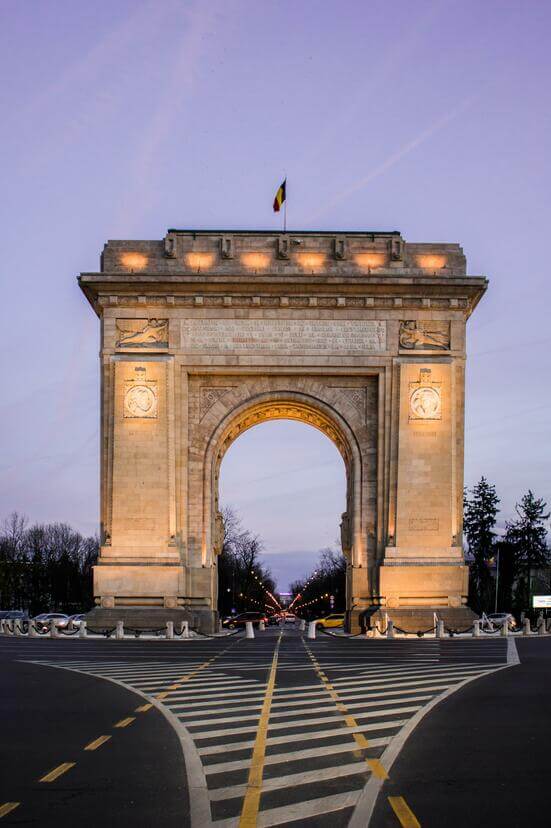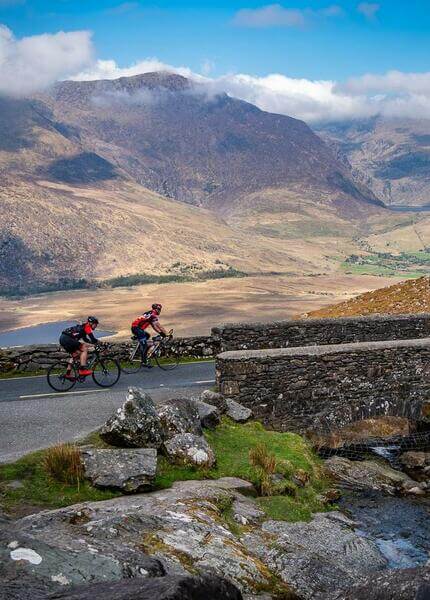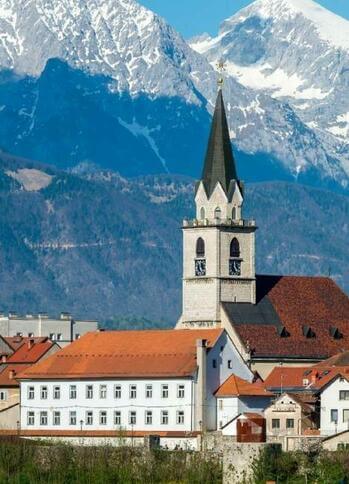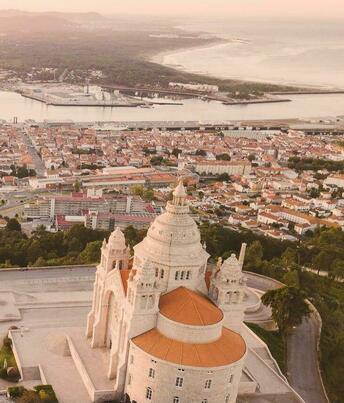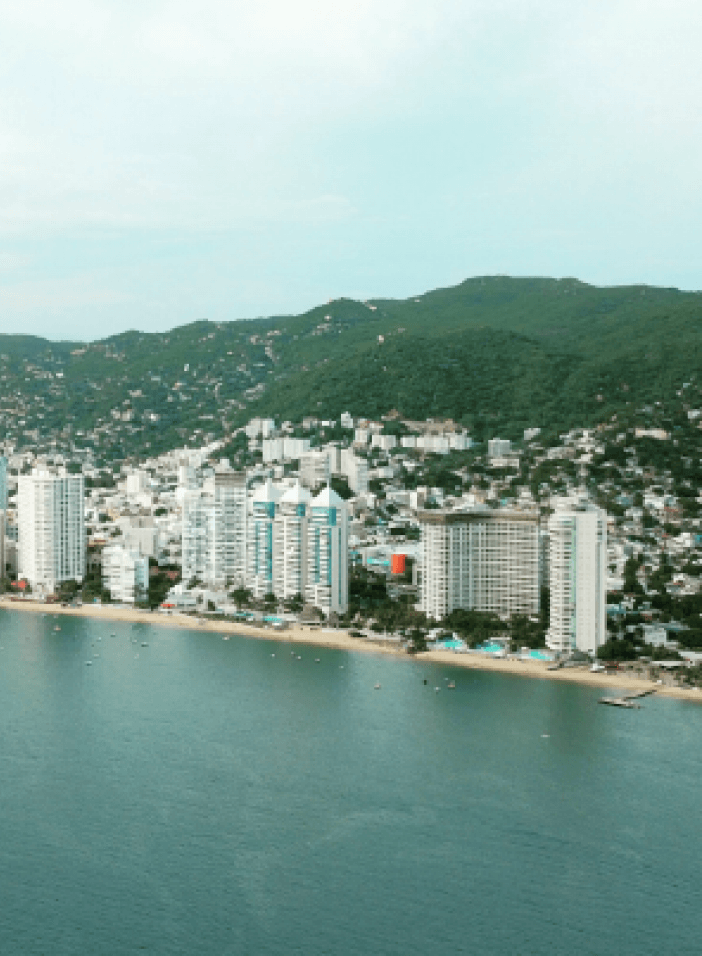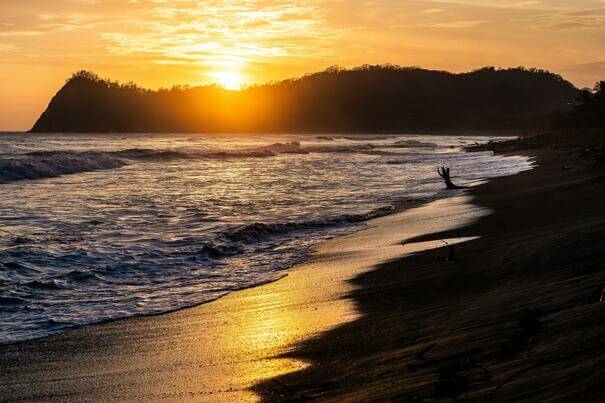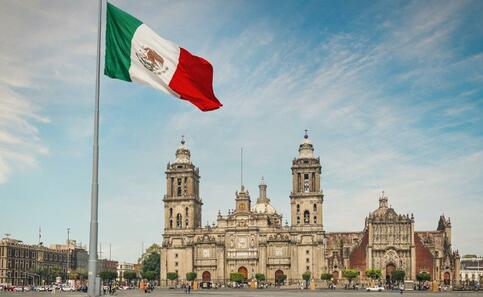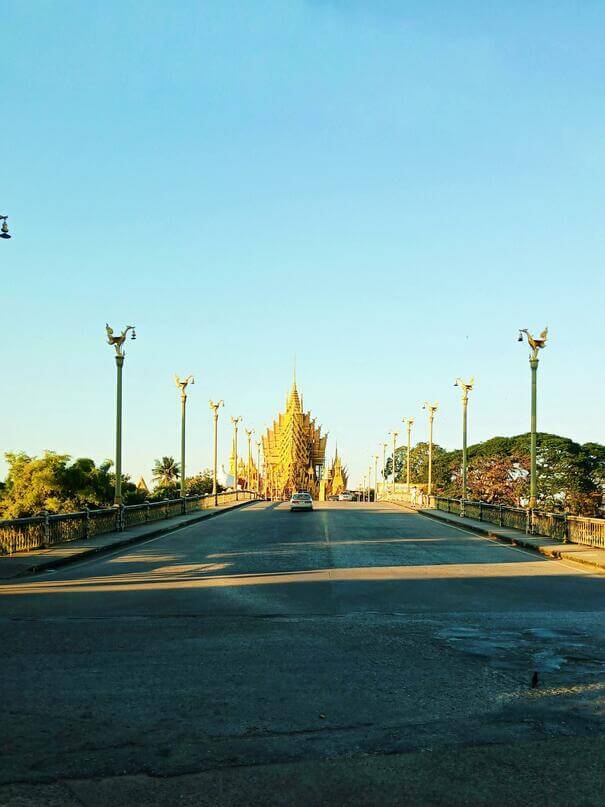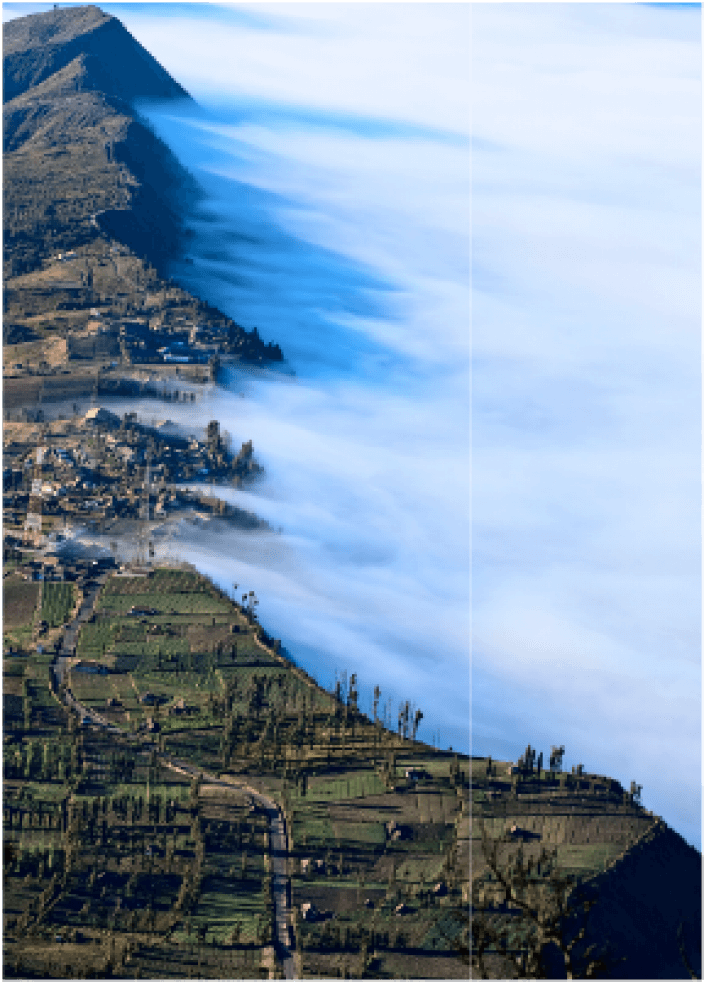The Vosges to start! - La Super Planche des Belles Filles
The first passage in the mountains of the Tour will be in the Vosges on Friday July 8th during the 7th stage. On the program, a 176.3 km stage from Tomblaine to the finish at the mountain peak of La Super Planche des Belles Filles.
Legendary ascent of the Tour, La Super Planche des Belles Filles will be a high-intensity final: a steep climb which will create certain but not insurmountable gaps in this category 1 pass. The positions at the finish will give serious indications on the shape of the favorites for the final podium.
An essential mountain peak for cycling: 5 stage finishes have already taken place at La Super Planche des Belles Filles with the names of legendary winners such as Christopher Froome (2012), Vincenzo Nibali (2014), Fabio Aru (2017), Dylan Teuns (2019) and Tadej Pogačar (2020 time trial).
Elevation: a 7km ascent with an average of 8.7% and a finish at an altitude of 1140 meters.
Zoom: the last 2 kilometers of ascent with slopes between 20% and 24%.
10 years at la planche des belles filles

The Alps not to be missed! - Col du Granon
The arrival in the Alps promises a high-level spectacle: the contenders for the Yellow Jersey can’t miss this meeting after 36 years of absence. The alpine difficulties via the Lacets de Montvernier, the Col du Télégraphe, the Col du Galibier, will have already done damage on the peloton, and yet the Col du Granon will conclude this 11th stage.
Legendary ascent of the Tour, the Col du Granon was for more than 25 years the highest arrival site of the Tour (2413 m of altitude). From the foot of the pass, the roads are narrow with a gradient close to 15%, and even with the easiest gear ratio, the challenge turns out to be difficult. The ascent is characterized by regular changes of pace which will be very difficult despite alternating pedaling in and out of the saddle. Even with the easiest gear ratio, the cyclists are forced to stand on the pedals because with each change of pace the climb is even steeper. When crossing the 2000m elevation barrier, the lack of oxygen will be felt. If the wind gets involved in the battle, it will be a real additional difficulty. This short but intense pass, with its steep slopes, classifies it as Hors-Catégorie.
The ascent should not be underestimated: 1 single stage finish took place in 1986 with Eduardo Chozas as winner, but above all the loss of Bernard Hinaullt's Yellow Jersey following a physical failure in favor of Greg Lemond who placed his attack at the right moment.
Elevation: an ascent of 11.5 km with an average of 9.2% and an arrival at the summit at 2413 meters.
Zoom: a steep ascent with gradients of up to 13%.

Alpe d'Huez: The comeback!
The last ascent of the Alps is a wink to history with a route tailor-made for the best climbers. Retrospective: this 12th stage Briançon - Alpe d'Huez is the exact replica of 1986, with the ascent of the Galibier, then the climb of the Col de la Croix de Fer, before an explanation on the slopes leading to the resort of Alpe d’Huez.
A mythical climb, Alpe d'Huez is an important place in the Tour de France. Its ascent is the flagship stage during the passage of the Grande Boucle. In total, 21 bends (with the name of at least 1 rider in each bend) punctuate the effort of the cyclists in this pass. It is not the hardest climb of the Tour (average gradient of 8.1% over 13.8 km) but it is often decisive. The saying goes that whoever goes to Alpe d'Huez with the Yellow Jersey keeps his leader's jersey until the Champs-Elysées. This 12th stage will be decisive: an intermediate assessment will be necessary at this stage of the competition.
In the history of the Tour, 30 finishes have taken place in Alpe d'Huez, but with 31 passages (2 passages during a same stage). A legendary pass that has seen legends pass:
- Fausto Coppi, the first winner: in 1952, during a 266 km stage, the Italian won the first ascent of Alpe d'Huez, put on the Yellow Jersey and won his second Tour de France that same year.
- Bernard Hinault and Greg Lemond, powerful images: in 1986, the two riders and teammates arrived hand in hand at the top of Alpe d'Huez with more than 5 minutes on their pursuers.
- French people at the top: in recent years, Pierre Rolland (2011), Christophe Riblon (2013), Thibaut Pinot (2015) have won this key stage of the Tour.
Elevation: an ascent of 13.8 km with an average of 8.1% and an arrival at 1850 meters.
Zoom: a steep ascent from the start of the climb with slopes of 10.4% on average in this Hors-Catégorie pass.
Mythical finishes up Alpe d'Huez

The Pyrenees to conclude in apotheosis!
The arrival in the Pyrenees will conclude the chapter of vertiginous climbs of the Tour de France 2022. The program will be very demanding for the leaders who will have to defend their positions: after having crossed the Col d'Aspin and the Hourquette d'Ancizan, the cyclists will certainly attack from the Col d'Azet, before be confronted to the slopes of the Peyragudes altiport.
Mythical ascent, the altiport of Peyragudes is the place where the best climbers will be likely to falter. From a historical point of view on the Tour, Peyragudes has had 2 stage finishes (2012 - 2017) at its peak and 1 passage at its peak (2018). Special mention to the victory of Romain BARDET in 2017 with an exceptional final marked by the failure of Christopher Froome on the final climb.
In the final, even the best climbers might flounder when tackling the steep gradients towards the Peyragudes altiport.
Elevation: an ascent of 8 km with an average of 7.8% and an arrival at 1580 meters.
Zoom: a crescendo ascent with 16% slopes in the last meters of the stage.

Hautacam : A mythical end!
The last mountain battle of this Tour 2022 will be in Hautacam. This will be the stage of all possibilities: Unexpected collapses, ambushes and twists of all kinds are possible. During this 18th stage, the climbs will follow one another without any rest, with the Col d'Aubisque, the novelty with the Col de Spandelles, and Hautacam.
Mythical climb, Hautacam is well known on the Tour: the site has had 5 stage finishes, in 1994, 1996, 2000, 2008 and 2014. Remember the most significant stages:
- In 1994, the year of the first passage of the Grande Boucle in Hautacam, Luc Leblanc won at the top: he was 2 seconds ahead of Miguel Indurain (the Yellow Jersey) and 18 seconds of Marco Pantani.
- In 2014, the last passage to date, Vicenzo Nibali is the stage winner and the yellow jersey. He made the climb to Hautacam in 37 minutes 20 seconds: 2 minutes 40 seconds behind the record set by Bjarn Riis in 1996 / 2 minutes from Luc Leblanc and Miguel Indurain in 1994.
The climb to the Hautacam station could rock the Tour with suspense until crossing the finish line. There’s simply no moment to breath. If the leading positions haven’t been secured by this point, the Tour’s biggest battle could be played out on this final Pyrenean stage.
Elevation: an ascent of 13.6 km with an average of 7.8% and an arrival at the summit at 1520 meters.
Zoom: slopes with uneven sectors at an average of 11.3%.








